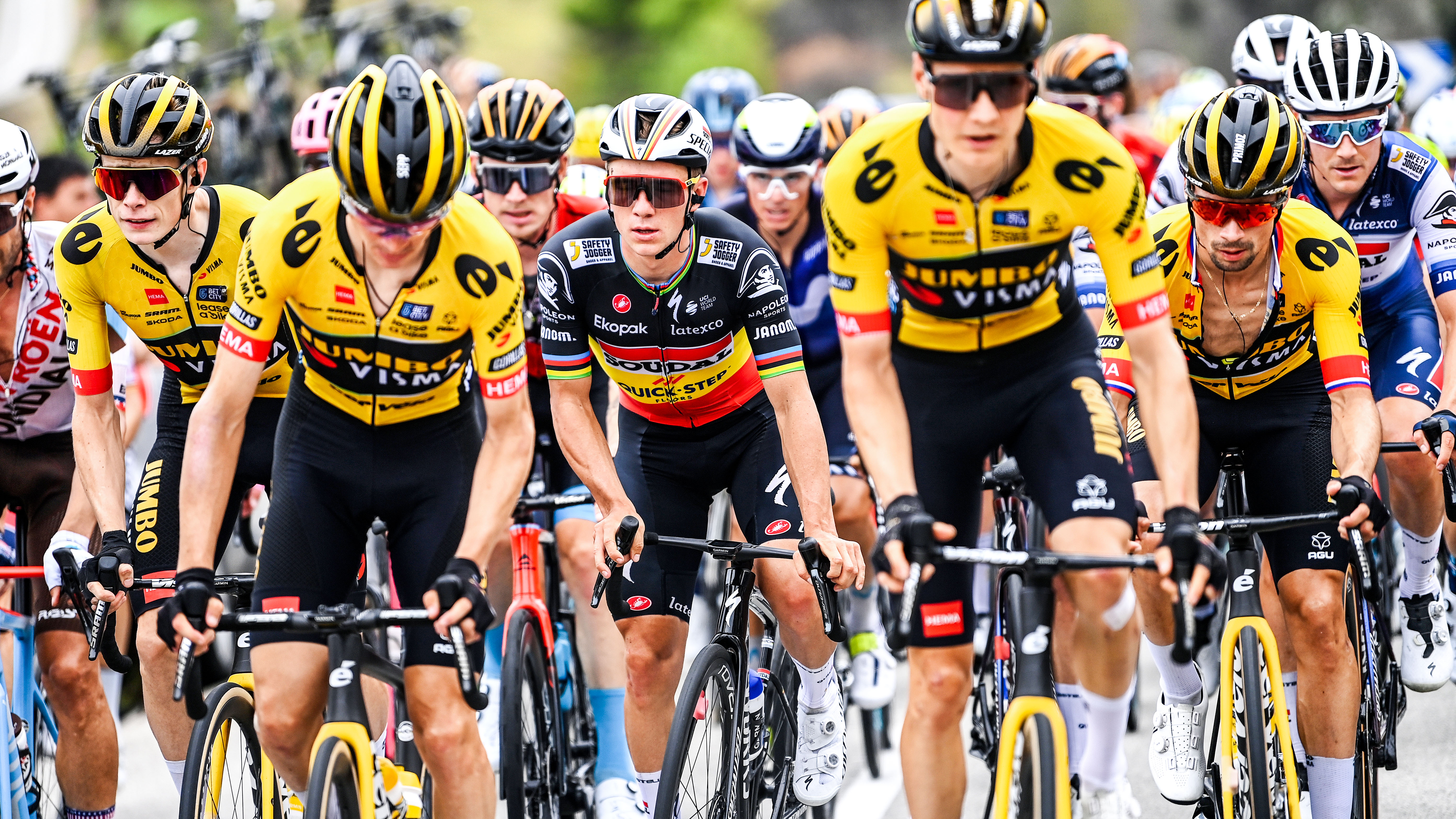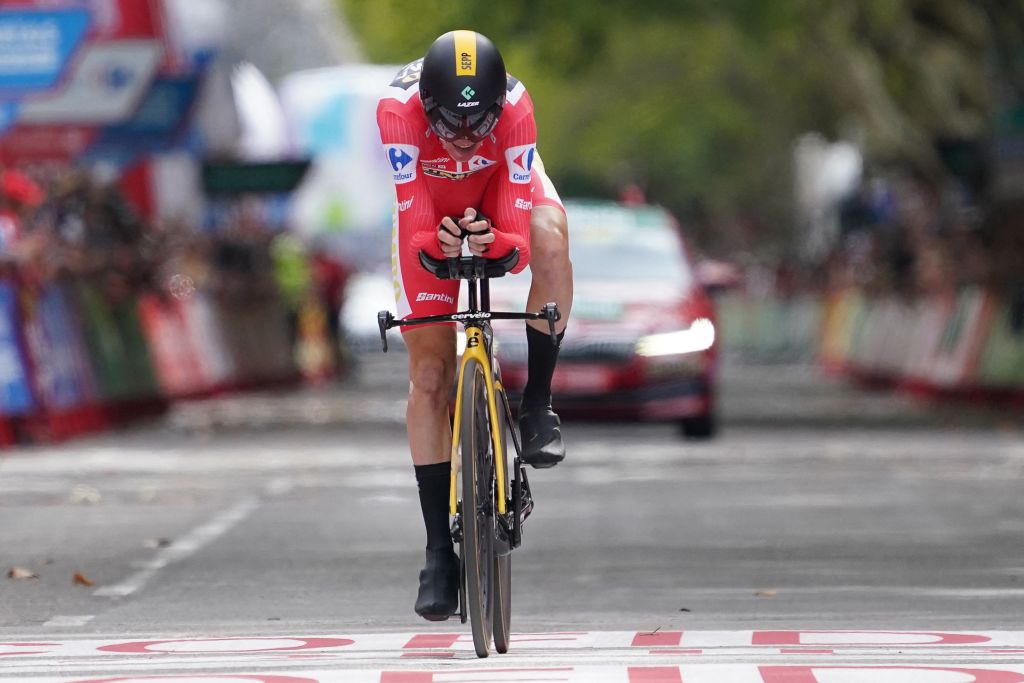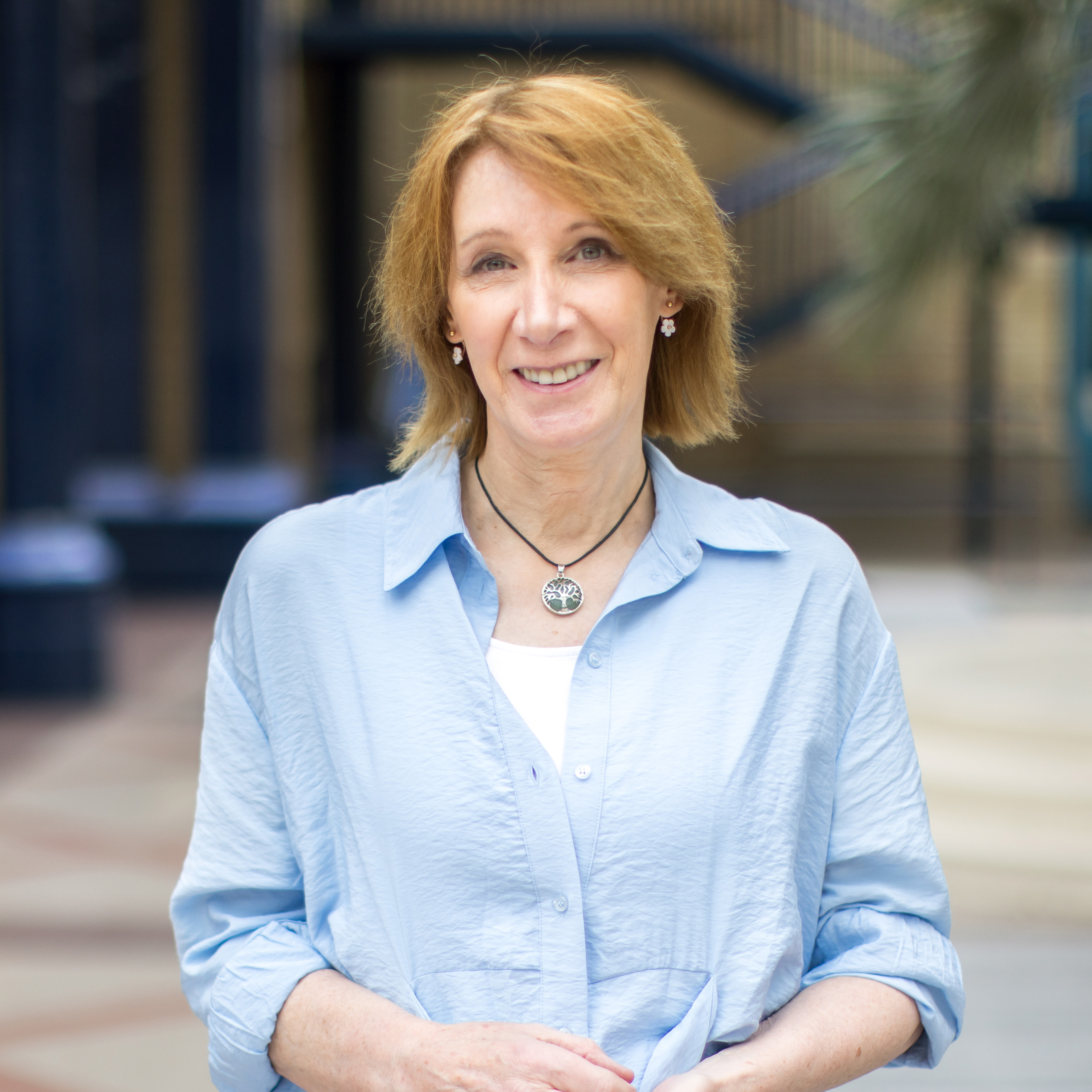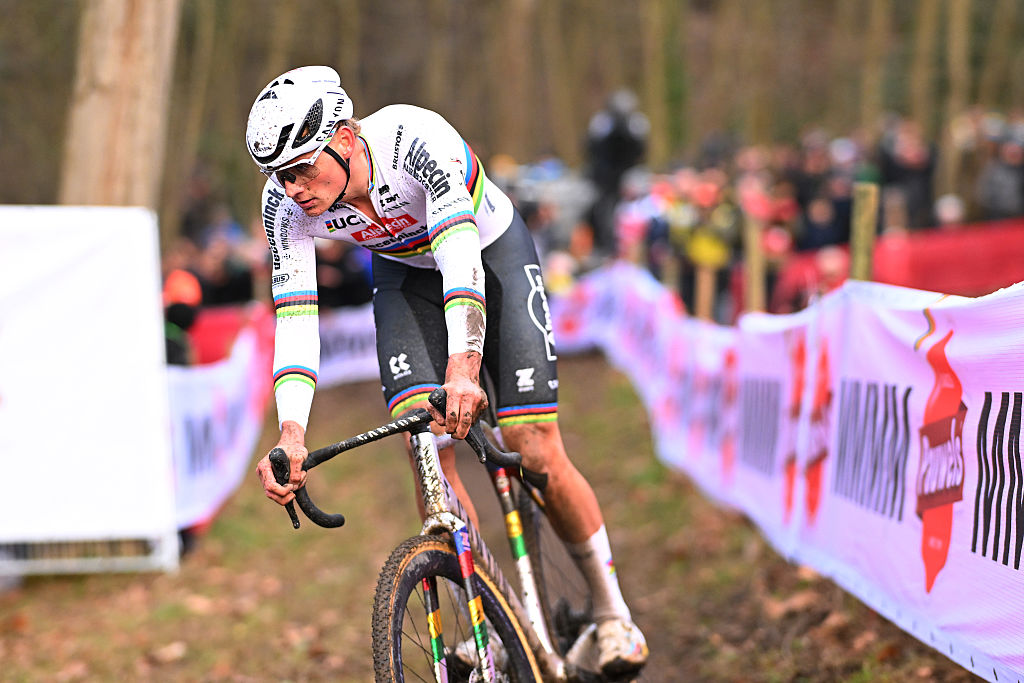Philippa York analysis: The anarchy of the GC competition in the Vuelta a España
With multiple players, team politics and transfer dynamics at play, the red jersey is within grasp of many riders, but with no clear hierarchy

We are ten days into this Vuelta a España and the full complexity of the situation is beginning to dawn on everyone involved with the overall victory.
Before the Valladolid time trial, the hierarchy looked fairly simple, Remco Evenepoel had two rivals that he couldn’t afford to give any leeway namely the Jumbo-Visma pair of Primož Roglič and Jonas Vingegaard. On a slightly lower and less confirmed level were the UAE pairing of Juan Ayuso and Joao Almeida who were there but not always provoking the outcomes.
Further back in the consciousness sat a recovering Enric Mas and Bora’s Alexandr Vlasov – who was showing his limits when the road headed upwards. Then on stage 6, and the ascent of Javalambre, Jumbo-Visma decided to lay down the first big test for Soudal–Quickstep and suddenly the red jersey changed shoulders to Lenny Martinez. Evenepoel, meanwhile, coughed thirty-odd seconds and two super lieutenants, as Sepp Kuss and Marc Soler were thrust into the GC limelight.
The loss of the race lead might not have been a bad thing for Remco, However, the time conceded was. Though it certainly wasn't a disaster, it wasn’t ideal. An average day was the reason, and there were no signs of panic. The new players in the GC weren’t noted for their time-trialling prowess and the World TT champion would be rectifying the situation on the roads around Valladolid when racing resumed after the first rest day. Only Vingegaard was expected to be competitive, while Roglič was expected to lose close to a minute to Kuss and co if they were on their normal form – anywhere from six to eight seconds slower per km. That was theory but stage racing throws up some real surprises and that’s where the Vuelta finds itself as it heads towards its visit to France and the fearful Tourmalet mountain top finish.
In the expected scenario Evenepoel would have retaken the overall lead and Kuss, Soler and Martinez would have lost three minutes or more, and no longer been part of the equation. It hasn’t worked out like that and now instead of controlling the race, Soudal–Quickstep are in a position where they will have to be offensive. However, if we discount Martinez who is at his first Grand Tour and the most likely to fall back in the final week everyone else in the current top ten places are known quantities. In the case of Kuss and Soler the strong TT performances indicate they are both now fully involved in the podium battle and potentially up for the win.
We started with two sets of two from Jumbo and UAE versus Evenepoel, and yet to make things more complicated it’s now three riders from each of those teams that the defending champion has to cover. How that’s going to work will be interesting, not least because it’s an almost impossible task.
Evenepoel and his team would have to be head and shoulders above everyone else to attempt that, but they haven’t been. So the question then becomes which combination of Jumbo and UAE riders is seen as the least danger when they inevitably infiltrate a break or attack the GC group. Roglič isn’t going to be closely marked, Ayuso a degree or so less however Sepp Kuss going with an Almeida long-range attack or Marc Soler and Jonas Vingegaard combining brings a whole new level of worry.
The latest race content, interviews, features, reviews and expert buying guides, direct to your inbox!

Remco may well be capable of setting a fierce tempo which few can follow when it comes to a mountaintop finish, but the others will have noticed that if they don’t allow him to settle into that tempo by being disruptive and varying the pace then he is less effective. However, the real problems are going to be everywhere else. Every break that goes will now need to be closely examined to see who from Jumbo or UAE are in it because from now on they will be committing riders to doing just that.
The Tourmalet finish on stage 13 is the obvious choice for the race to kick off straight away. Soudal–Quickstep is under the cosh instantly, though now it’s with the added pressure of a UAE team who are also fully aware that they too can win the race by having the right combination of riders in the break or GC group.
Before the time trial everyone was thinking wouldn’t it be good if Sepp Kuss believed he could win the Vuelta? Well, now he can – but so can Marc Soler, Juan Ayuso, Jonas Vingegaard or Joao Almeida. They can all see it’s possible given the right circumstances and luck. Normally fortune doesn’t feature very much in Grand Tour decisions however when climbers are only losing three seconds per km to specialists then you know they are in exceptional shape.
We haven’t even delved into the politics that will be going on inside each team with the best chances of being on the podium in Madrid. Primoz Rogic wants to win a fourth time and he’s got the upper hand on Vingegaard at the moment but if the Wining Together slogan on the bus is to be believed then will he really be okay with say Sepp Kuss on the top step? I suspect he might.
At Team UAE things are a little more complicated. Probably a lot more if you look at the personalities. Soler can be temperamental at the best of times, Almeida is looking for that final confirmation of his talent and Juan Ayuso has the expectations and burden of the home nation on his shoulders.
Then there’s Remco, defending champion, having brushed off the Ineos speculation you can just see that whole affair reappearing if anything happens remotely connected to a team weakness or error.
The time trial has given us information on the physical capabilities of the GC contenders, the mental mind game is still to be played and not necessarily out on the road.
Philippa York is a long-standing Cyclingnews contributor, providing expert racing analysis. As one of the early British racers to take the plunge and relocate to France with the famed ACBB club in the 1980's, she was the inspiration for a generation of racing cyclists – and cycling fans – from the UK.
The Glaswegian gained a contract with Peugeot in 1980, making her Tour de France debut in 1983 and taking a solo win in Bagnères-de-Luchon in the Pyrenees, the mountain range which would prove a happy hunting ground throughout her Tour career.
The following year's race would prove to be one of her finest seasons, becoming the first rider from the UK to win the polka dot jersey at the Tour, whilst also becoming Britain's highest-ever placed GC finisher with 4th spot.
She finished runner-up at the Vuelta a España in 1985 and 1986, to Pedro Delgado and Álvaro Pino respectively, and at the Giro d'Italia in 1987. Stage race victories include the Volta a Catalunya (1985), Tour of Britain (1989) and Critérium du Dauphiné Libéré (1990). York retired from professional cycling as reigning British champion following the collapse of Le Groupement in 1995.

